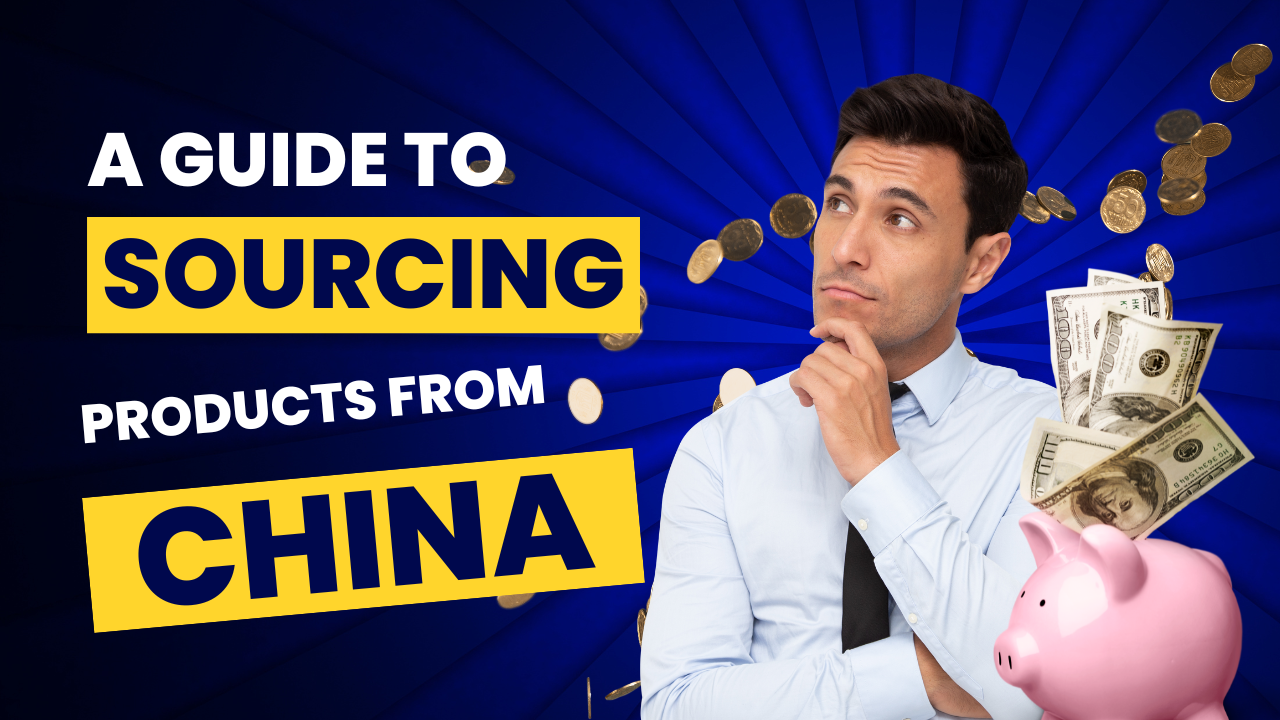
China, the world’s manufacturing powerhouse, beckons entrepreneurs with its potential for low-cost, high-quality goods. But navigating the complexities of sourcing products from China can be daunting, especially for first-timers. This comprehensive guide equips you with the knowledge and steps to embark on a successful sourcing journey.
Finding the Right Supplier: Laying the Foundation
The cornerstone of your sourcing adventure is finding a reliable supplier. Here are two primary approaches:
- Independent Sourcing: Utilize online platforms like Alibaba, Global Sources, and Made-in-China to browse supplier listings. Refine your search using keywords, filters, and certifications. While convenient, independent sourcing requires extra due diligence (more on that later).
- Sourcing Agents: These China-based specialists handle the legwork, finding qualified suppliers, negotiating prices, and overseeing production. Consider agents if you lack experience, require complex product development, or source high-volume orders.
Beyond Listings: Vetting Your Potential Partner
Don’t be fooled by a polished online profile. Here’s how to verify a supplier’s legitimacy and suitability:
- Background Checks: Utilize resources like Dun & Bradstreet or paid verification services to confirm the supplier’s registration and business history.
- References: Request references from past clients and contact them to gauge their experience.
- Factory Audits: Consider on-site inspections to assess the supplier’s facilities, production processes, and quality control measures. Alternatively, arrange for a third-party inspection company to conduct a comprehensive audit.
- Sample Orders: Order prototypes or small batches to assess product quality, adherence to specifications, and the supplier’s communication and responsiveness.
Communication is Key: Building a Strong Supplier Relationship
Effective communication is paramount for a smooth sourcing experience. Here are some pointers:
- Clearly Define Your Needs: Provide detailed product specifications, including materials, dimensions, functionalities, and quality standards. Utilize sketches, technical drawings, or reference samples for clarity.
- Regular Communication: Maintain consistent communication via email, phone calls, or video conferencing. Discuss timelines, potential roadblocks, and progress updates.
- Cultural Considerations: Be mindful of cultural differences in communication styles. Be patient, respectful, and avoid being overly assertive.
Negotiating the Deal: Striking a Win-Win Balance
Negotiation is an integral part of Chinese business culture. Here are some tips to secure a favorable deal:
- Research Market Rates: Gather information on typical pricing for similar products to establish a baseline for negotiation.
- Get Multiple Quotes: Don’t settle for the first offer. Compare quotes from several qualified suppliers to ensure you’re getting a competitive price.
- Focus on Value, Not Just Price: While cost is important, prioritize quality, reliable delivery times, and excellent customer service.
- Negotiate Strategically: Start with a slightly lower offer than your desired price and be prepared to make concessions on less critical aspects.
You be interested in reading : A Guide to Earning with Google AdSense : Unlock Your Website’s Potential
Understanding the Numbers: Cost Considerations
Sourcing from China involves more than just the product’s unit price. Here’s a breakdown of additional costs to factor in:
- Minimum Order Quantities (MOQs): Many suppliers have minimum order quantities, the lowest number of units they’ll produce per order. This can be a challenge for startups with limited capital.
- Manufacturing Costs: These include raw materials, labor, and production overheads.
- Inspections: Quality control inspections can incur additional costs, but their value outweighs the risk of receiving subpar products.
- Logistics: Factor in shipping costs, customs duties, import taxes, and any necessary insurance. Consider options like FOB (Free on Board) or CIF (Cost, Insurance, and Freight) incoterms, which clarify who is responsible for costs at different stages of shipping.
Quality Control: Ensuring Your Products Meet Expectations
Maintaining product quality is crucial. Here are some strategies to implement:
- Clear Specifications: Clearly define quality standards in your product specifications document. This includes acceptable tolerance levels for dimensions, materials, and functionality.
- Inspection Processes: Establish a quality control plan that includes in-line inspections during production and final inspections before shipment.
- Third-Party Inspections: Consider hiring a third-party inspection company to provide an objective assessment of product quality.
Payment Terms and Logistics: Streamlining the Transaction
Once you’ve finalized the deal, secure your agreement with a formal contract outlining payment terms, delivery schedules, and quality control procedures. Here are some common payment methods:
- Letter of Credit (LC): A secure method where a bank guarantees payment to the supplier upon meeting agreed-upon terms.
- Escrow: A third-party service that holds payment until the buyer receives the goods and confirms their
You may be interested in reading : Upsell: how to sell more and better to your customers?





